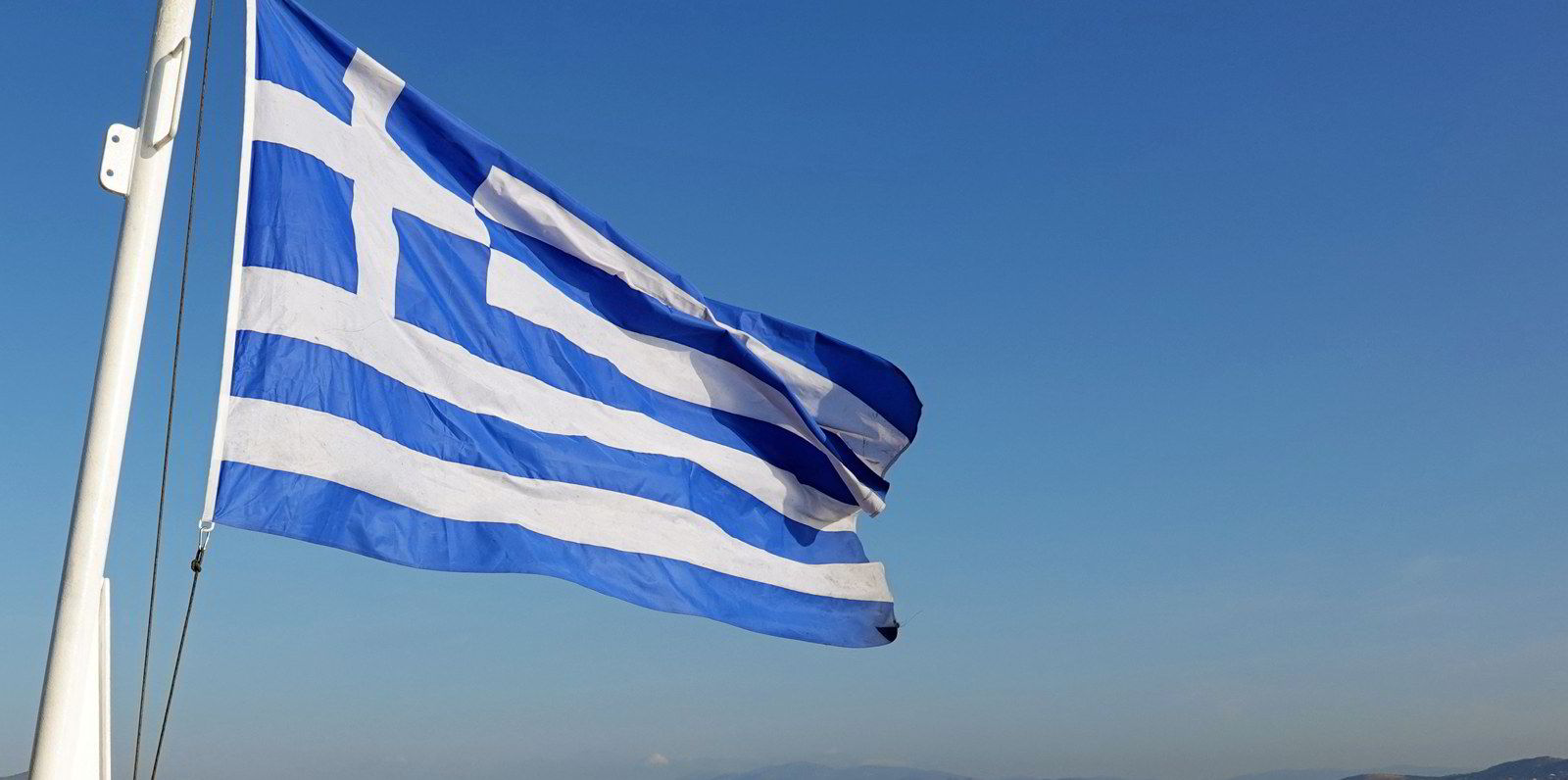Firm freight rates, as well as long lead times and elevated pricing for newbuildings, mean older vessels are having their time in the sun when it comes to secondhand values, said Clarksons.
Meanwhile, with uncertainty over newbuilding fuelling choices, some older assets could offer “interesting vessel technology retrofit opportunities”.
Clarksons said today’s 15-year-old price assessments illustrate these drivers.
At $58m, the current price for a VLCC of that vintage is higher than at any time since the 2008 financial crisis, while the price for a similarly aged capesize — $29.5m — is above any point since 2010.
Clarksons says that as well as potential earnings over the rest of the ship’s lifetime and the asset market backdrop, prices for older tonnage also reflect the expected return from a sale for scrap at the end of the vessel’s life.
“An interesting measure to help compare the underlying strength of values for older tonnage across sectors and over time (with different scrap values and vessel lifetimes) is the ratio of the asset price versus scrap value,” the broker said.
This takes into account prevailing recycling values, partly determined by steel markets. Scrap values today are almost twice the 2016 levels.
“In today’s firm bulker sale-and-purchase markets, the capesize ratio stands at 2.7, its highest level since 2010, though it is worth noting that it did reach over eight back in 2008 during the bulker supercycle before the onset of the global financial crisis. However, today’s ratio stands 64% higher than the average since start 2014,” said Clarksons.
In the container ship sector, where asset values are much lower than in the exceptional markets of 2021-22, the broker said the value of older assets also still looks strong.
“With the 15-year-old price assessment for a 4,500-teu panamax at $24.5m, today’s ratio to scrap stands at 2.3, higher than any point in the last decade outside the recent boom markets when it hit over six, and 23% above the average since 2014,” the broker said.
The VLCC ratio, meanwhile, stands at 2.7, up 37% versus the average since 2014, level with that of capesizes, according to Clarksons.
“Despite today’s strong 15-year-old price, it sits below the spikes in 2020 and 2016 when the ratios were 2.9 and 3.6, respectively,” the broker said.
“In early 2016, the 15-year-old price was notably softer than today at $38m, but scrap values were lower at $10.5m versus $21.4m [in 2020].”
Of course, price trends can shift quickly with market dynamics and investor sentiment.
“With renewal of an ageing fleet in focus, older assets may eventually look less attractive as regulation helps drive tiered markets and impacts asset value,” said Clarksons.
“In the here and now, however, whatever their retirement plans, the older units can enjoy sharing the asset pricing limelight.”





